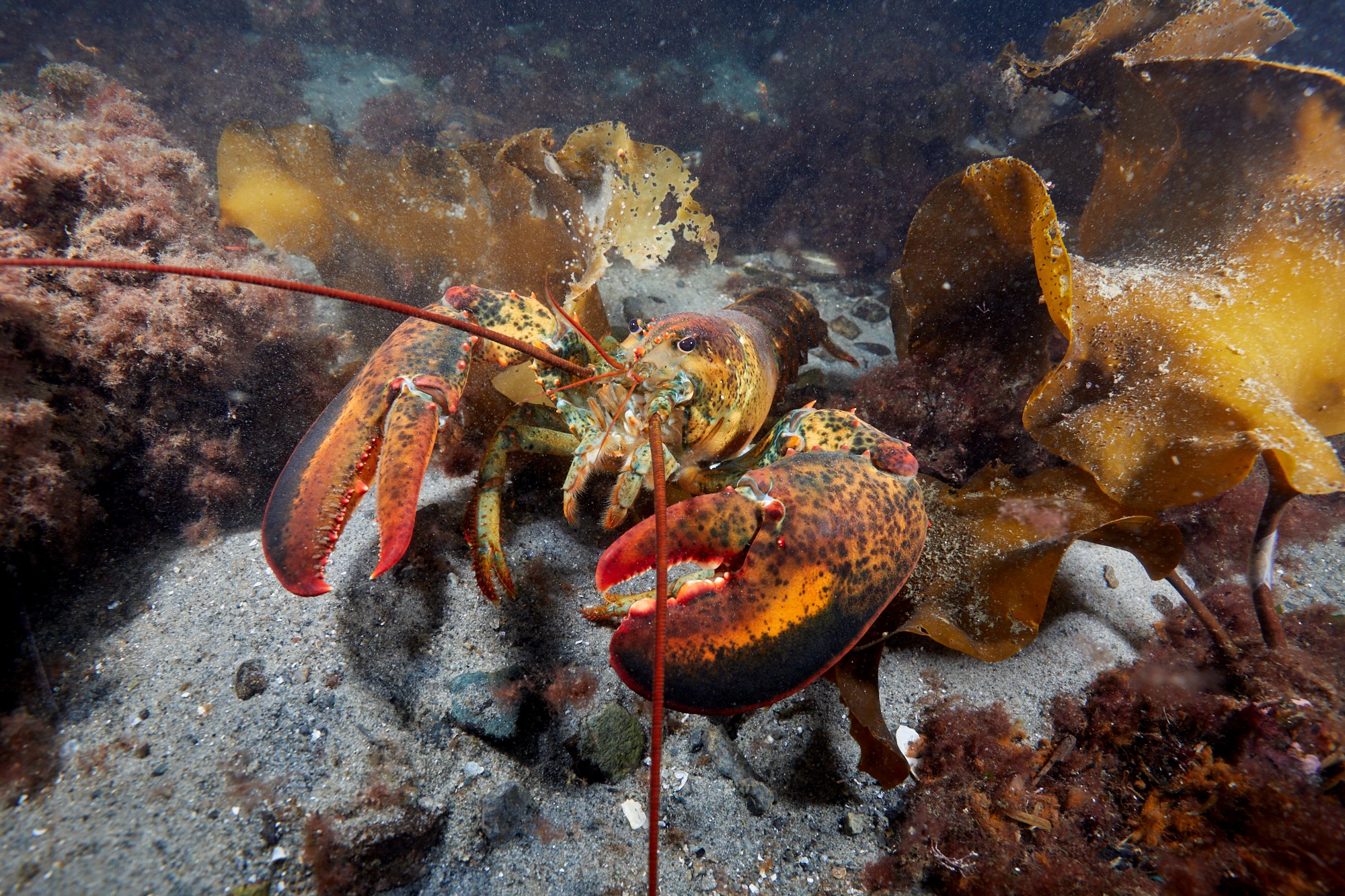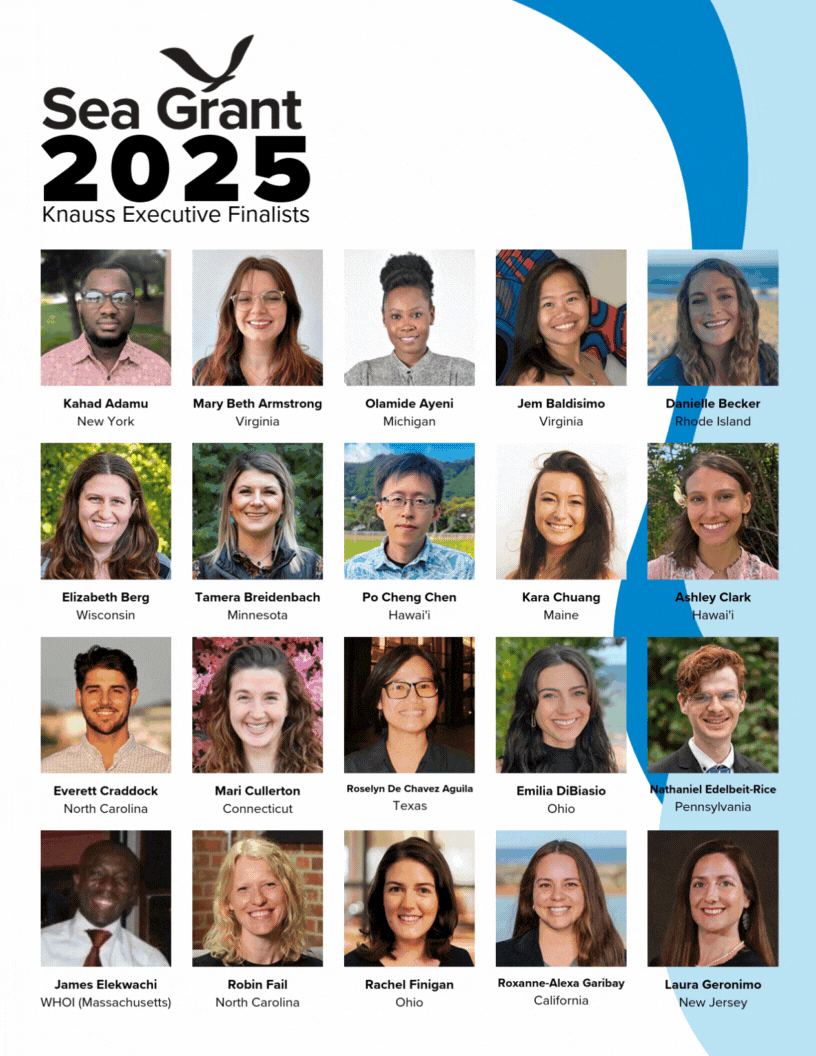The South Carolina Sea Grant Consortium has helped spark steady growth of oyster mariculture businesses in the state since 2012 by helping producers grow a better oyster, showcasing the connection between seafood and tourism, and encouraging a sustainable supply of oyster seed.
Oyster mariculture involves growing hatchery-reared, single-set oysters to harvest size, roughly three inches, in mesh containers raised off the sea floor. Consortium efforts have helped growers refine grow-out practices using floating gear, allowing them to grow a better oyster, faster and cheaper. This approach helps control biofouling, which if not kept in check can dramatically reduce product quality. Consortium-supported research has also introduced growers to the benefits of growing spawnless, or triploid, oysters as a means of providing a consistent meat yield during warmer months of the year. The market for premium single oysters grown using this method is strong thanks to the growing reputations of Charleston and other southern cities as culinary destinations.
Tourism is a vital component of coastal economies throughout the Southeast, including South Carolina. Eating local seafood, whether grown using aquaculture techniques or wild-caught, is a major draw for tourists and equally enjoyed by residents. The Consortium and partners at Clemson University sought to determine how the seafood and tourism industries interact and if there were ways to reap mutual benefits. A study conducted in Florida and South Carolina found that tourists and residents in coastal communities have positive perceptions of aquaculture, which is directly related to positive beliefs and knowledge of industry practices.
Olivia Young of May River Oyster Company in Bluffton has experienced this first hand. “If people understand that what we do is good for the environment, then it translates to being good for our business,” Young says. “Education is a key part of our business, and we are very dedicated to it.”
With guidance from the South Carolina Sea Grant Consortium, May River Oyster Company recently partnered with an eco-tour company to begin offering farm tours. They’re not alone. Other seafood businesses in the state are realizing there are unique partnership opportunities that allow them to diversify.
The recent growth of the oyster industry in South Carolina faced a hurdle in the spring of 2014 when, amid concerns over the potential for disease transfer, the state introduced a moratorium on seed transfer from all points north of South Carolina. With guidance from the Consortium and its networks, resource managers were able to identify alternative sources of larvae that would meet import requirements. To assist the industry in responding to the moratorium, the Consortium helped equip local hatcheries and nurseries with the knowledge and tools needed to spawn and raise oyster larvae and seed.
Facing the challenge of securing a stable seed supply, Frank Roberts of Lady’s Island Oyster in Beaufort County stepped up to meet the demands of this growing industry by starting a hatchery. “It was clear that myself and several other growers were going to be out of business if our industry did not have a reliable in-state seed source,” Roberts says. “This meant building a hatchery; a daunting task. Sea Grant was the first place our industry looked for help. Now, over two years later, thanks to technologies and techniques learned from Sea Grant, we are realizing our long-term goals can be achieved. ”
Efforts to strengthen the oyster industry in South Carolina continue Sea Grant’s long history of connecting seafood producers with the latest and most practical technologies to implement in their businesses, ensuring prosperity for the industry and related businesses in rural coastal communities.


